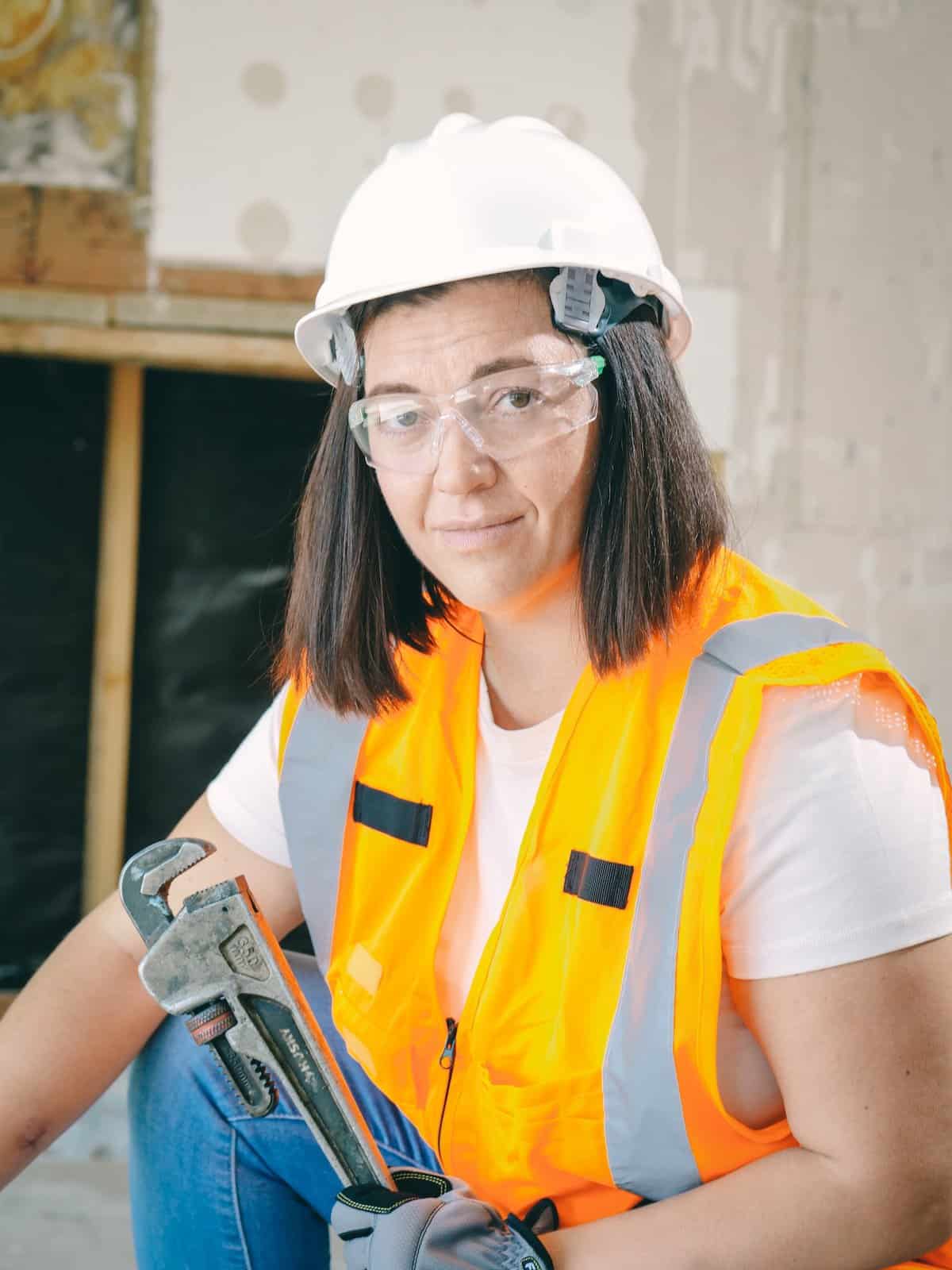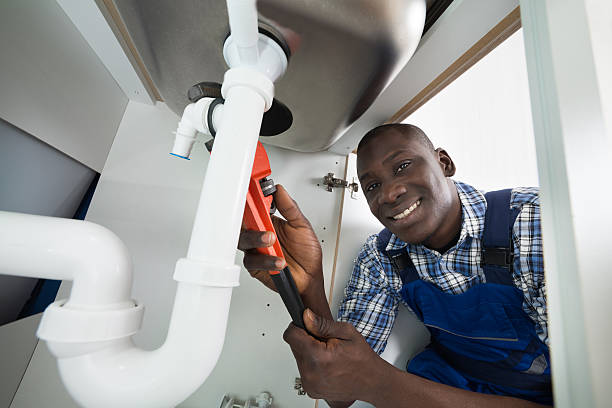Complete Plumbing Alabaster AL Solutions for Your Home
Complete Plumbing Alabaster AL Solutions for Your Home
Blog Article
A Step-by-Step Guide to Effective Hot Water Heater Installment for Ideal Efficiency
Starting the task of installing a water heater is a venture that demands precision and a methodical method for accomplishing ideal efficiency. The procedure begins with the vital decision of selecting the appropriate heater customized to the certain requirements of your home, considering factors such as type, power, and dimension source. When picked, preparing the installment area to satisfy safety and security requirements is extremely important. However, the journey doesn't finish right here. As you continue, the ins and outs of linking water lines and establishing up dependable electric or gas links wait for, appealing insights into making certain effectiveness and reliability.
Picking the Right Water Heater

Following, consider the size and capability of the hot water heater. It's important to examine your house's warm water requirements, which can differ based upon the number of residents and their use patterns. A device that's also small may cause not enough warm water, while an extra-large model may lead to unnecessary energy usage.
Performance rankings additionally play a pivotal function in option. Seek hot water heater with high Power Aspect (EF) rankings, indicating remarkable efficiency and reduced energy usage. Tankless designs, though typically much more costly in advance, deal significant power financial savings over time as a result of their on-demand heating capabilities.
Preparing the Installment Location
Prior to installing a brand-new water heater, thorough preparation of the setup location is important. It's critical to determine the room very carefully to accommodate the water heating system's dimensions, making certain appropriate clearance around the unit for effective operation and maintenance.
Check the floor for stability, as the water heating system will certainly require a solid, level surface to operate successfully. If essential, install a drip pan underneath the system to capture possible leakages or spills, protecting against water damages to the surrounding location.
In addition, guarantee that all needed devices and products get on hand prior to starting the installation. This includes things such as wrenches, screwdrivers, a degree, and any kind of extra equipment required for placing and securing the heating unit. A well-prepared installment area sets the foundation for a successful water heating system arrangement, maximizing performance and safety.
Connecting Water Supply Lines
When connecting supply of water lines to your recently installed water heater, it is important to ensure that all links are leak-free and safe and secure to maintain effective procedure and avoid water damage. Begin by recognizing the cold and hot water lines. The cold water inlet is normally noted with a blue tag or a "C", while the warm water outlet is noted with a red tag or an "H".
Use adaptable water heater connectors to assist in a simpler setup read review procedure. Before attaching the ports, position a plumbing's tape around the threaded ends of the water heating unit's inlet and electrical outlet pipes.
As soon as links remain in place, slowly activate the primary water shutoff. Inspect each connection for leaks by visually feeling and checking for moisture. Tighten connections as needed, and make sure the stress alleviation shutoff is appropriately mounted, safeguarding against extreme pressure build-up.
Establishing Electrical or Gas Connections
Appropriately establishing the electric or gas connections for your water heater is a vital action to make certain efficient and secure procedure. For electrical water heating systems, start by validating that the electric circuit is suitable with the heating system's voltage and amperage needs. Ensure the power supply is turned off at the circuit breaker to prevent accidents. Connect the electric cords to the heating system complying with the maker's circuitry diagram. Usually, this includes linking the ground cable to the green terminal, and the remaining cords to their equivalent terminals, protecting each with wire nuts.
For gas water heating units, safety and security is vital. Connect the gas line to the water heating unit using an adaptable gas connector, guaranteeing it is properly threaded and secured with pipe joint compound or Teflon tape ideal for gas connections.
Once links are made, examine for any kind of prospective leaks. For gas lines, apply a soapy water remedy to the joints; bubbles their website indicate a leak. For electric links, confirm that all circuitry is protected and effectively protected, maintaining conformity with neighborhood electrical codes.
Evaluating and Changing for Effectiveness
With the electric and gas connections securely in position, the following action is examining the functional efficiency of your hot water heater. Begin by meticulously activating the supply of water and making sure there are no my explanation leakages at any one of the valves or joints. As soon as confirmed, continue to load the storage tank, focusing on the pressure and temperature level setups. It is advisable to establish the thermostat to a recommended temperature of around 120 ° F(49 ° C) to stabilize power performance and comfort.
Next, carry out a comprehensive examination to make certain the burner or gas heaters are working correctly. For electric heating systems, use a multimeter to validate if the aspects are drawing the suitable existing. In gas designs, observe the heater fire; it ought to be constant and blue, indicating efficient combustion.
Adjust the settings as essential to remove ineffectiveness. Take into consideration executing insulation actions, such as including a water heating system blanket, to additionally enhance efficiency by reducing warm loss. Furthermore, check the anode pole's condition, as a worn-out pole can reduce efficiency and cause tank deterioration.
Verdict
Efficient water heater installation is crucial for making certain optimum performance and power savings. Securely connecting water supply lines and thoroughly setting up electrical or gas connections decrease potential issues.

Appropriately setting up the electric or gas connections for your water heating system is an important action to ensure safe and efficient procedure. For electrical water heaters, start by confirming that the electric circuit is compatible with the heating unit's voltage and amperage requirements. Attach the gas line to the water heating unit making use of a versatile gas port, ensuring it is appropriately threaded and secured with pipe joint substance or Teflon tape appropriate for gas links.
Report this page